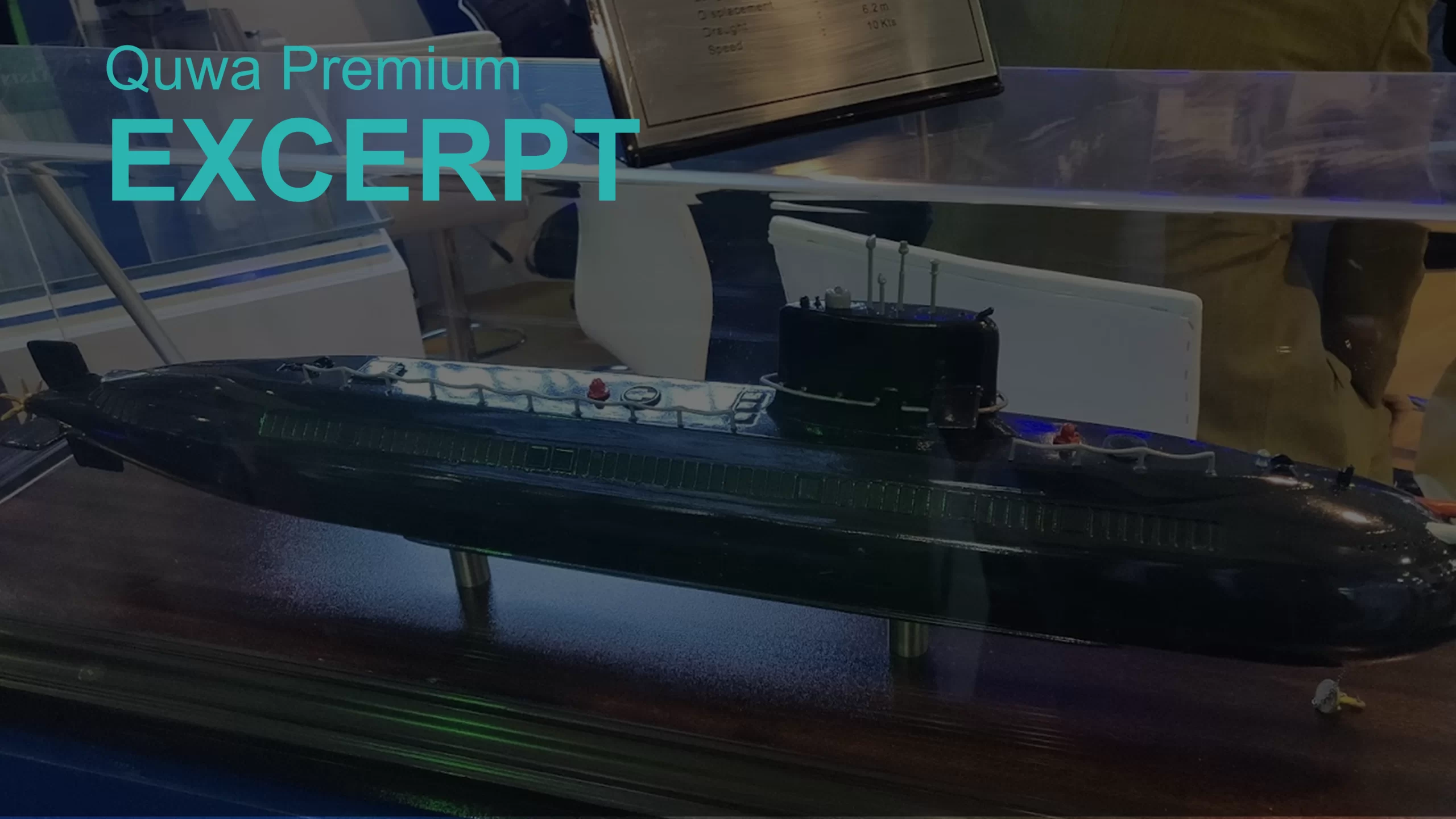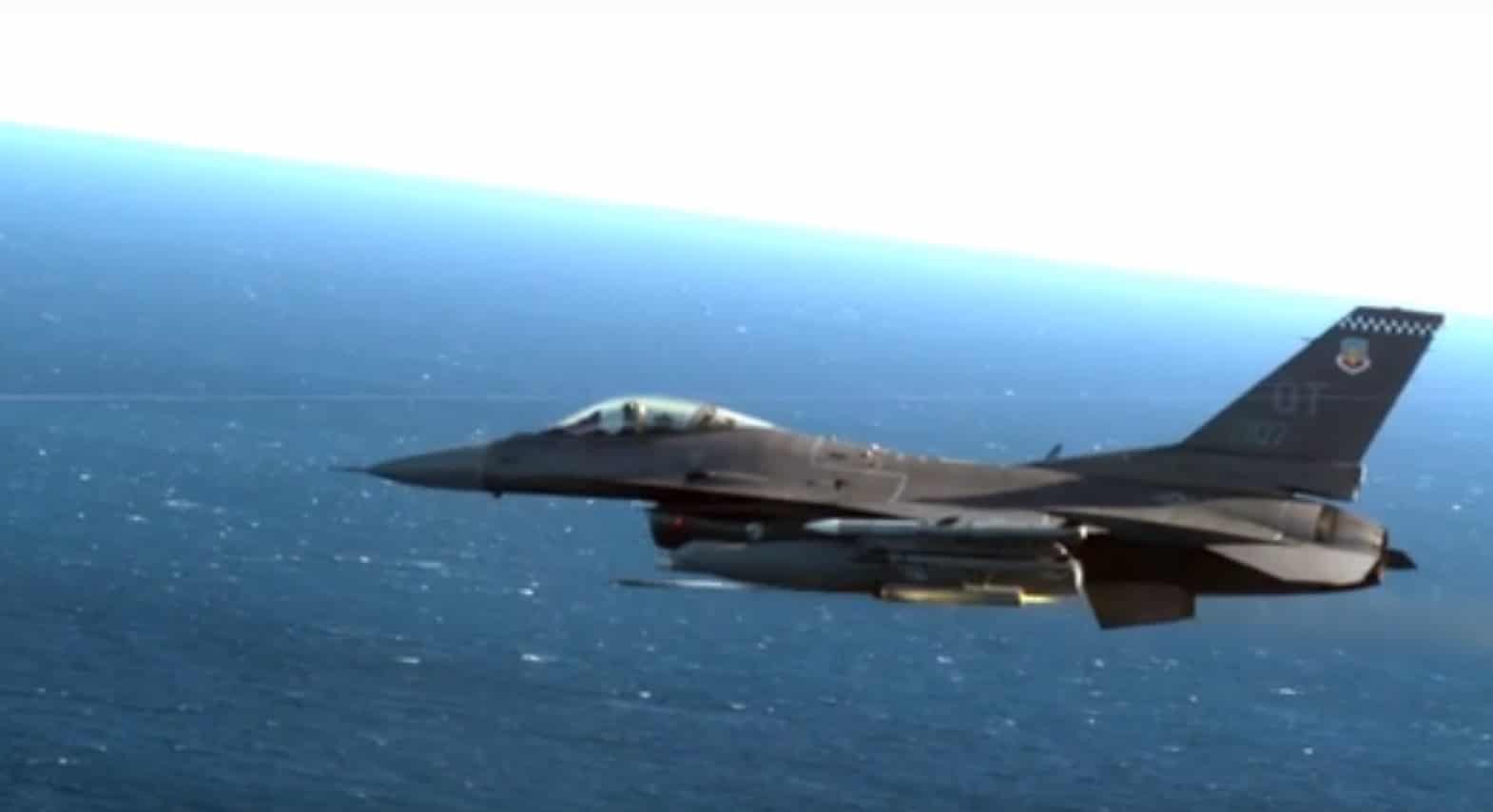3519Views

Monthly Defense News Recap – December 2022
Turkish Aerospace continues showcasing the progress it is making on its key aircraft projects. The Pakistan Navy confirms its supersonic anti-ship missile capability as well as speaks to its ongoing development programs.
Turkish Aerospace Makes Progress on Hürjet Trainer Prototype
On 23 December, Turkish Aerospace Industries (TAI) rolled out the (partially completed) prototype of its Hürjet lead-in-fighter trainer (LIFT).
According to Dr. Rafet Bozdoğan, the Chairman of TAI/TUSAŞ, the Hürjet’s aerostructure work is mostly complete. Moreover, the second Hürjet prototype is also under production.
TAI is aiming to conduct the maiden test flight of the Hürjet on 18 March 2023. To reach that milestone, TAI will start carrying out the Hürjet’s engine integration and ground test work in the coming months.
The Hürjet is one of TAI/TUSAŞ’ key homegrown aerospace programs, alongside the MMU/TFX next-generation fighter aircraft, the Hürkuş turboprop-powered trainer, T625 utility helicopter, and T929 heavy attack helicopter. TAI is developing the Hürjet for both domestic and export purposes.
Domestically, the Hürjet will play the critical role of replacing the Turkish Air Force’s legacy T-38 Talon advanced jet trainers (AJT) and F-5 Tiger II lightweight fighters. In this respect, the Hürjet will serve as both a LIFT/AJT and a light combat multirole aircraft.
A Naval Hürjet?
In addition, TAI is believed to be carrying out studies of using the Hürjet design as a potential manned fighter aircraft for carrier-based naval operations…
End of excerpt. Subscribe to Quwa Premium to read the rest of this section.
Engine versus Exports
The Hürjet will use the GE F404 turbofan engine. While a credible powerplant, the F404 may constrain the Hürjet’s export potential due to the fact that it is an ITAR-compliant product. The LIFT/AJT market, especially among users of Western equipment, is already saturated. Thus, Turkey might try promoting the aircraft to countries that cannot readily buy Western, especially American, equipment.
In this sense, it will be worth watching Turkey’s indigenous turbofan development work…
End of excerpt. Subscribe to Quwa Premium to read the rest of this section.
Pakistan Navy Keeps Making Steady Progress
In an interview with Defence Turkey, the Chief of Naval Staff (CNS), Admiral Muhammad Amjad Khan Niazi, discussed provided updates about the Pakistan Navy’s (PN) major programs, notably the Babur-class corvette, Jinnah-class frigate, and Hangor-class submarine, among others.
Pakistan Starts Building First Hangor-Class Submarine (Lays Keel for Second)
The PN’s Hangor-class air-independent propulsion (AIP) submarine program is moving along.
Karachi Shipyard and Engineering Works (KSEW) laid the keel of the fifth boat (PNS Tasnim) and cut the steel of the sixth boat. Under the original contract signed with China in 2015, KSEW was to manufacture four of the eight Hangor-class submarines. The PN is aiming to induct all eight boats by 2028.
According to Pakistan’s previous Chief of Army Staff (COAS), the PN had intended to acquire Germany’s MTU engines for use on the Hangor SSP. However, Berlin did not release the export permits, and thus, the PN had to seek an alternative engine.
The Hangor SSP is likely using both a Chinese engine and a Chinese AIP, the latter probably being the export variant of China’s Stirling system…
End of excerpt. Subscribe to Quwa Premium to read the rest of this section.
Pakistan Navy Chief Confirms CM-302 Missile Induction
The PN Chief also confirmed that the Tughril-class (Type 054A/P) frigates are indeed equipped with CM-302 supersonic-cruising ASCMs.
Marketed by China Aerospace Science and Industry Corporation (CASIC), the CM-302 relies on a ramjet engine that gives it a cruising speed of Mach 2 at low altitude and up to Mach 3 at high altitude.
The PN’s Tughril-class frigates are equipped with CM-302s in a two-by-three configuration. Basically, by inducting the Tughril-class frigate, the PN has also activated a supersonic ASCM capability. In a way, it is ‘countering’ the Indian BrahMos threat by emulating a similar capability of its own.
Finally, the CNS suggested that the PN may consider additional Type 054A/P frigates after fully inducting its first tranches of new warships (i.e., Type 054A/P, the MILGEM, and the Damen OPV). Thus, it appears that the PN’s long-term roadmap still envisions a growth in its surface combatant fleet…
End of excerpt. Subscribe to Quwa Premium to read the rest of this section.
Pakistan Navy Looking at Upgrading F-22P Frigate With MBDA Albatros NG
The PN Chief discussed why the PN opted for the MBDA Albatros NG (CAMM-ER) surface-to-air missile (SAM) system for use on the Babur-class corvette. Several factors were in play, namely, the role of the MILGEM in the PN fleet, the integration process, and cost. Moreover, the PN was also confident in its main contractor’s (i.e., ASFAT Inc.) experience in integrating Western and Turkish subsystems…
End of excerpt. Subscribe to Quwa Premium to read the rest of this section.
End of Excerpt (715/1,315 words)
You can read the complete article by logging in (click here) or subscribing to Quwa Premium (click here).


